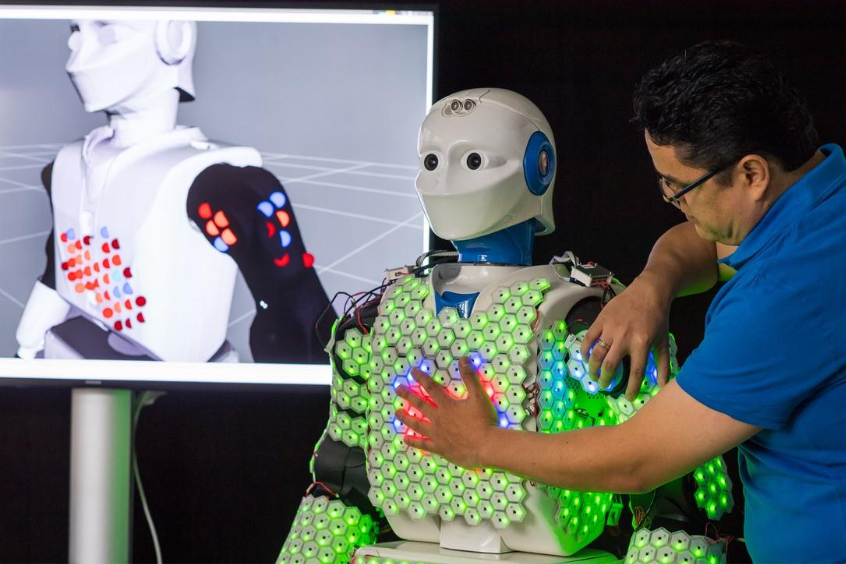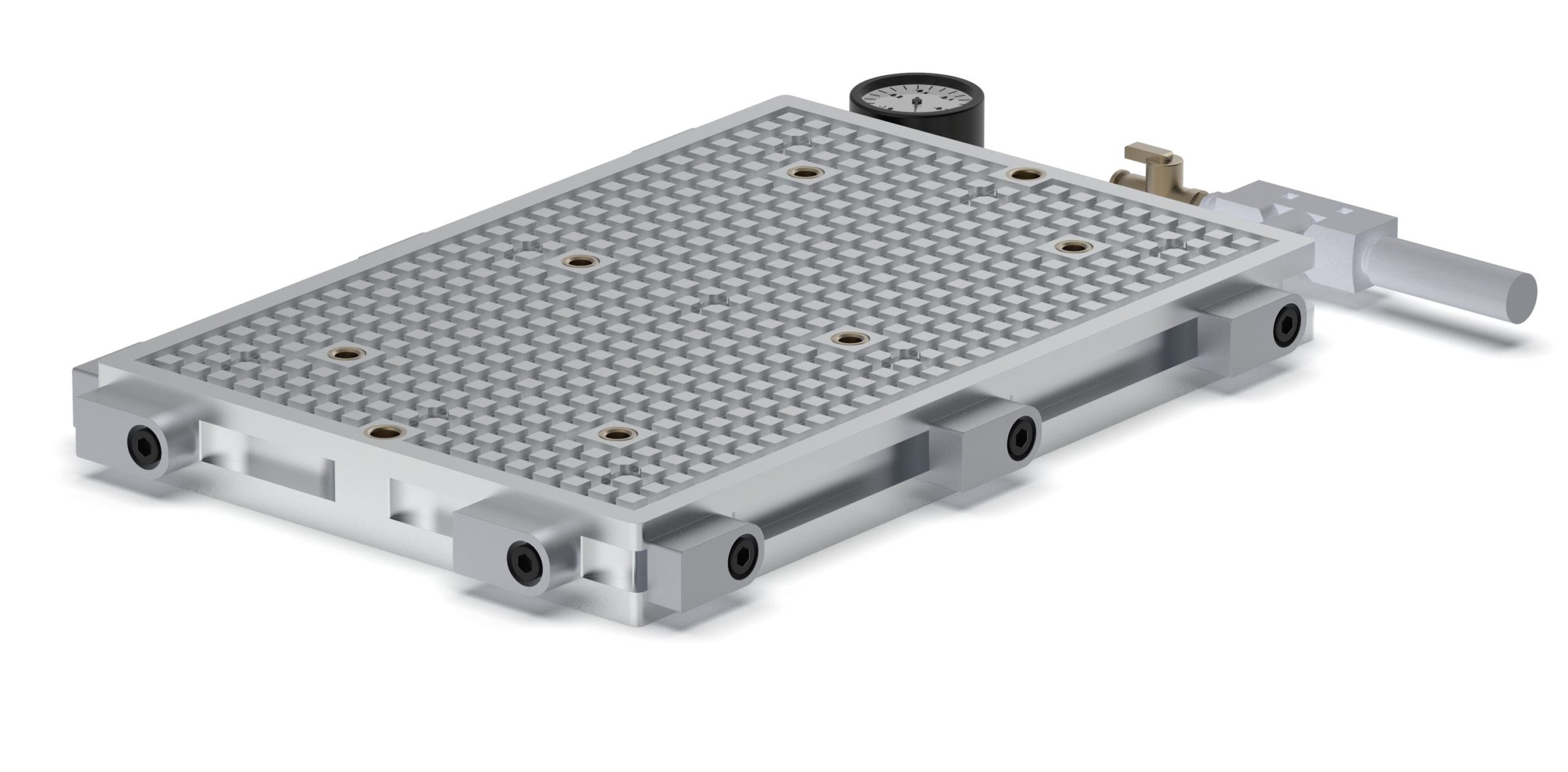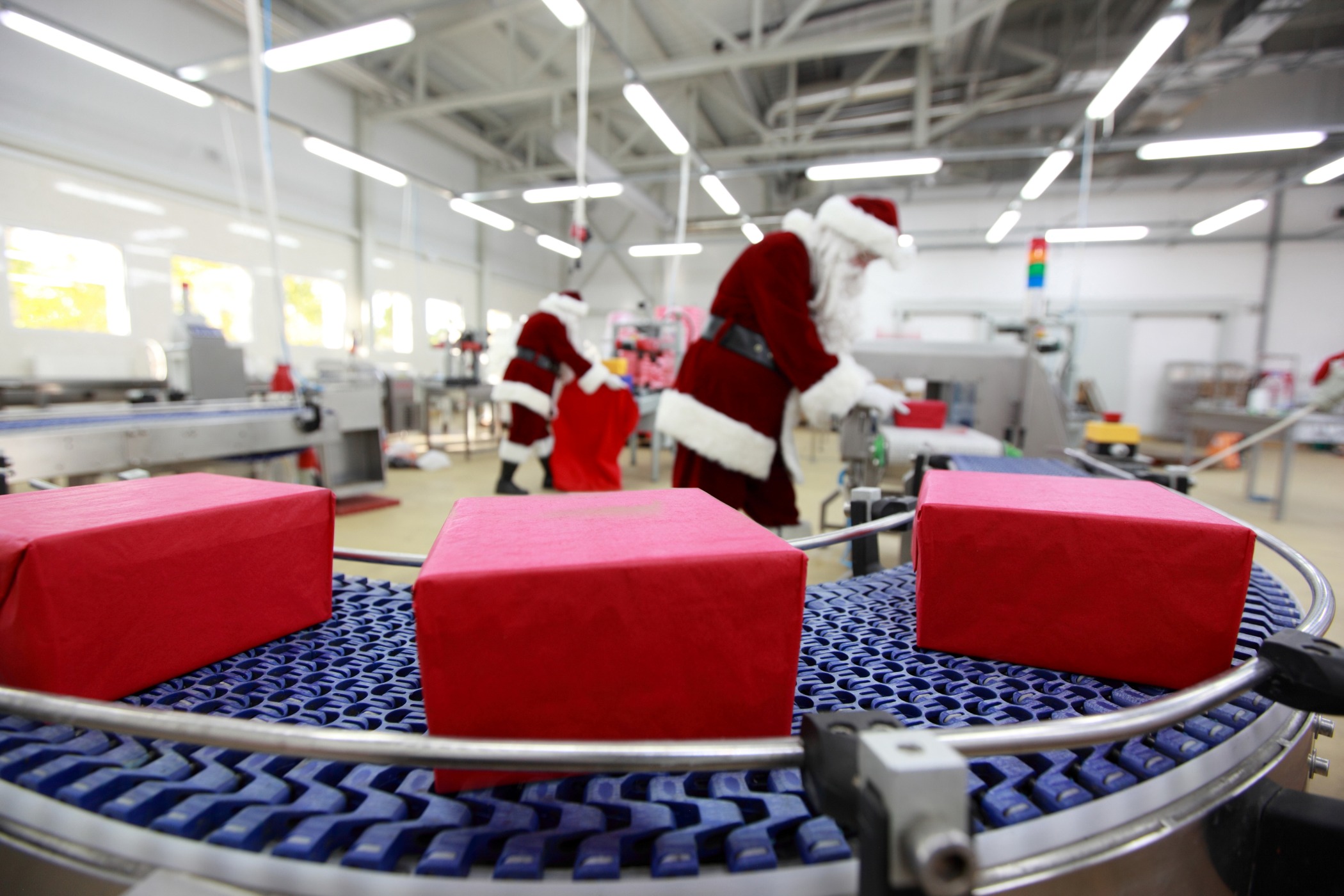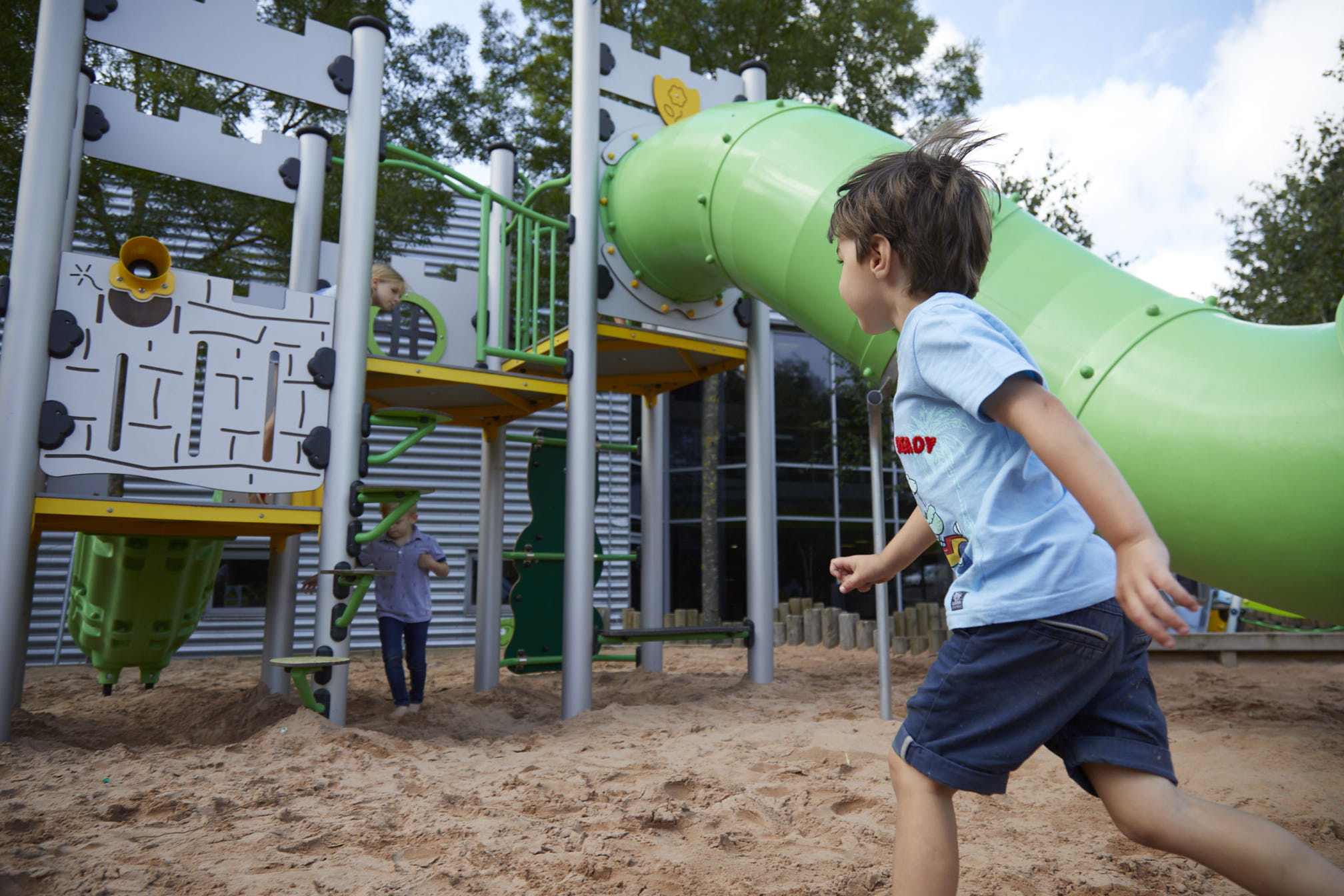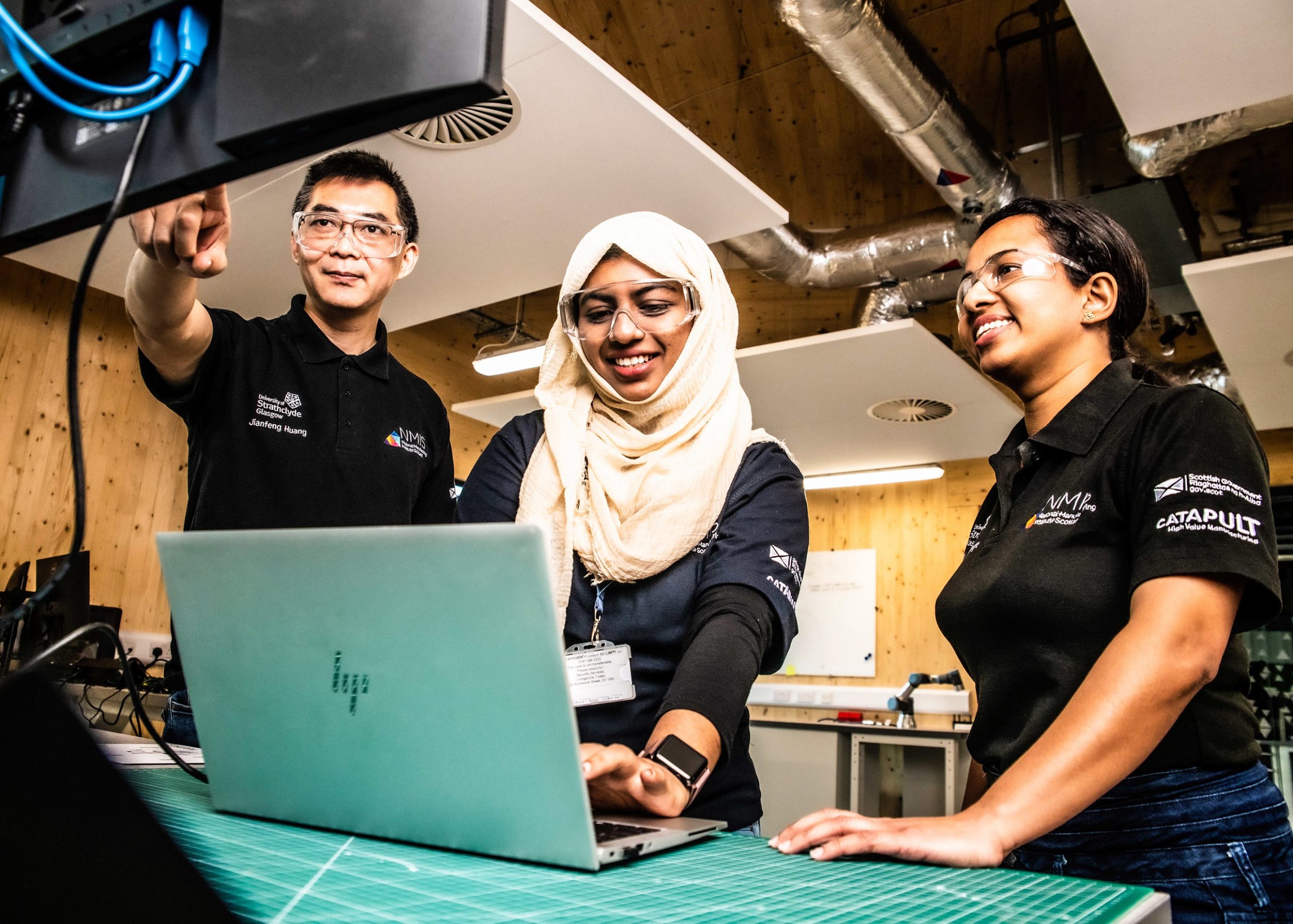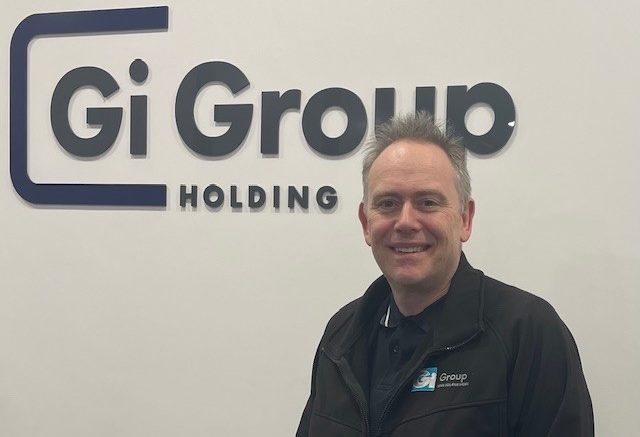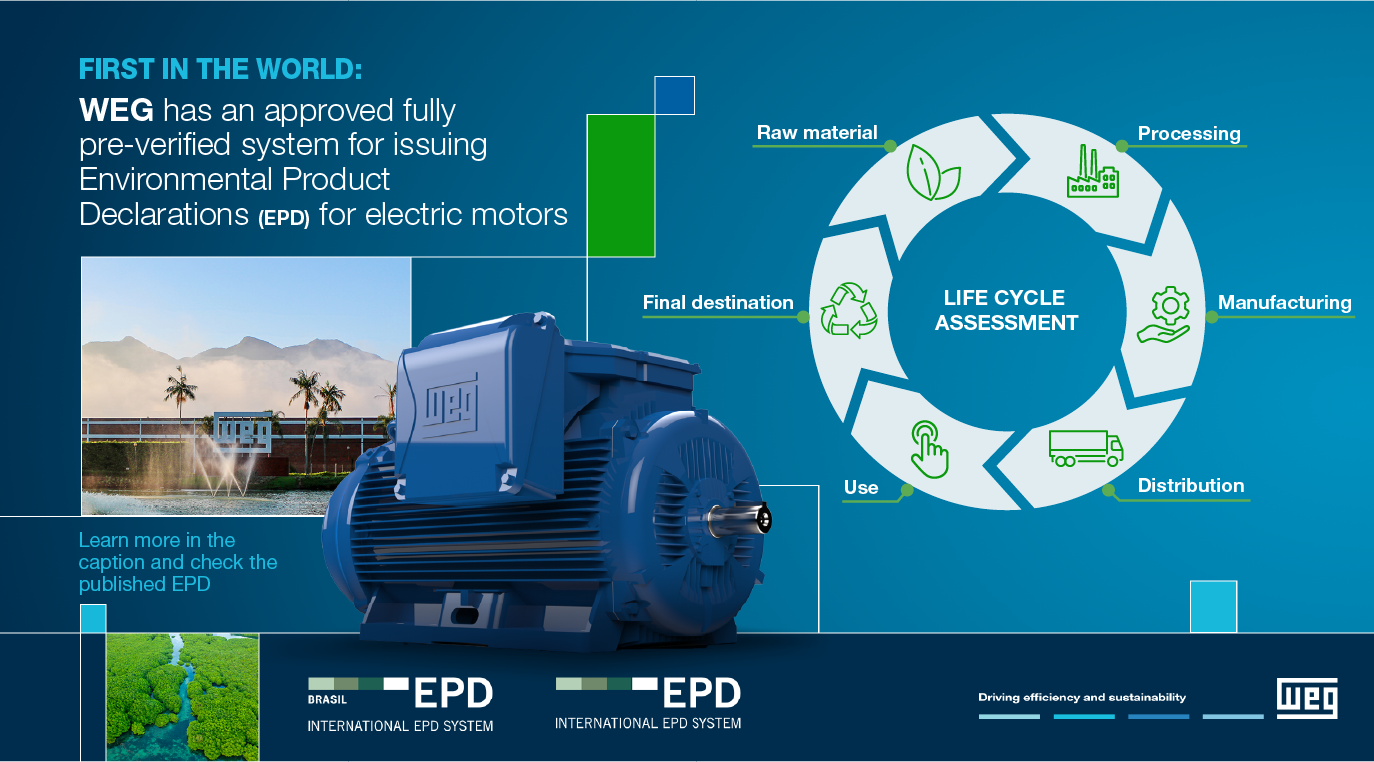TRUMPF launches new generation of bending machines
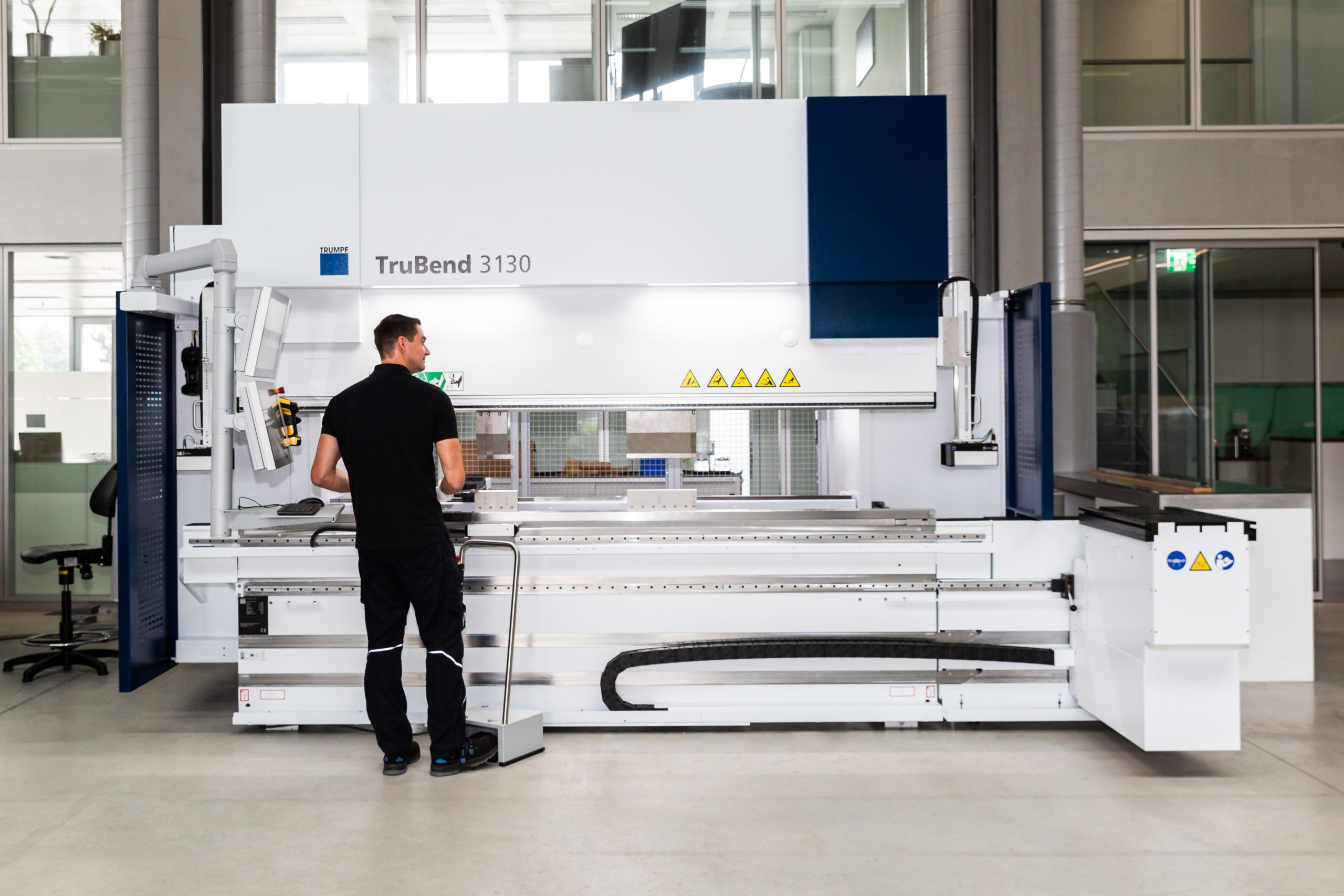
TRUMPF is launching a new, completely redesigned version of its TruBend 3000 bending machine series. According to the company, the solution is particularly fast and precise, easy to program, and saves energy. This is made possible by various technologies that TRUMPF has already established on the market in its TruBend 5000 machine series for the premium segment. The company has thus succeeded in reducing the throughput time by around 40% compared with the previous model.
“With the new TruBend 3000 bending machine, we’re offering users a technologically advanced all-round machine with which they can process around 85% of all components in sheet metal production,” says TRUMPF Product Manager Wolfgang Weingartsberger. “The machine’s productivity and part accuracy are among the best in this segment.”
Depending on the machine type, the new TruBend 3000 offers a press force of 85 to 230 tonnes and a bending length of 2 to 4 m.
Automation for maximum precision
TRUMPF has focused strongly on market requirements in the development of the new TruBend 3000.
“Our analyses have shown that small and medium-sized companies are struggling above all with increasing cost and time pressure and declining part quality,” says Weingartsberger. “Our new bending machine solves this challenge.”
To ensure high part quality, the company has integrated the proven ACB Laser automatic angle measuring system. A system consisting of a camera and laser sensors measures the bending angle of the component before each bending process. If the angle does not match the value stored in the software, the press beam automatically changes its position until the desired angle is achieved. The result? Consistently high part quality from the very first component, even with material fluctuations. At the same time, scrap is reduced, which also lowers costs.
Simple programming and low energy consumption
The established TRUMPF TecZone Bend offline programming software also ensures greater productivity. With this solution, users can program the machine while it is producing parts. This increases manufacturing efficiency.
In addition, programming is quick and easy with TecZone Bend, even on the touchpad directly on the machine. Users upload the 2D or 3D model of their component into the software and within a second the correct bending sequence and the appropriate tools are displayed on the monitor, including collision monitoring. Machine operators can therefore set up the machine for the next job even without programming experience. The machine also supports the trend towards greater sustainability in production. With the speed-controlled ‘on-demand servodrive’, the machine’s motor only switches on during the bending process, saving 30% energy compared with a hydraulic drive to reduce cost further.
Maximum protection for the operator
The TruBend 3000 ensures maximum operator safety.
Says Weingartsberger: “Bending can lead to serious injuries, such as crushing. Our ‘bend guard’ offers machine operators comprehensive protection.”
With bend guard, cameras and matrix sensors monitor the machine’s working area. If the software detects other objects besides the component – such as the operator’s hands – the machine switches off immediately. The operator can then unlock the TruBend 3000 using a foot switch to resume work without delay. In this way, TRUMPF ensures there are no longer any sources of danger.
Digital services for less downtime
The TruBend 3000 is particularly suitable for SME manufacturers, especially subcontractors or product shops. Both individual parts and series can be produced economically. It has all the digital interfaces needed to connect other TRUMPF solutions, such as an automated warehouse, making it ideal for use in the smart factory.
With the TruBend 3000, users also gain access to the TRUMPF service world.
“In addition to on-site support from our international service network, we support TruBend 3000 customers with digital services such as condition monitoring, remote control and the TRUMPF Service App,” says Weingartsberger. “This capability allows around 80% of faults to be rectified without the need for a service technician on site and without any waiting time.”

